There’s nothing I love more than getting away from it all—work updates, the endless ping of text messages, and the distraction of social media and television show binges. But when emergencies happen, off-grid communication goes from a nicety to an essential. Here are a few portable, rugged products you can add to your backpacking checklist, ranging from simple cellphone tweaks to fully connected satellite devices.
Prepare your phone with offline maps and tracking
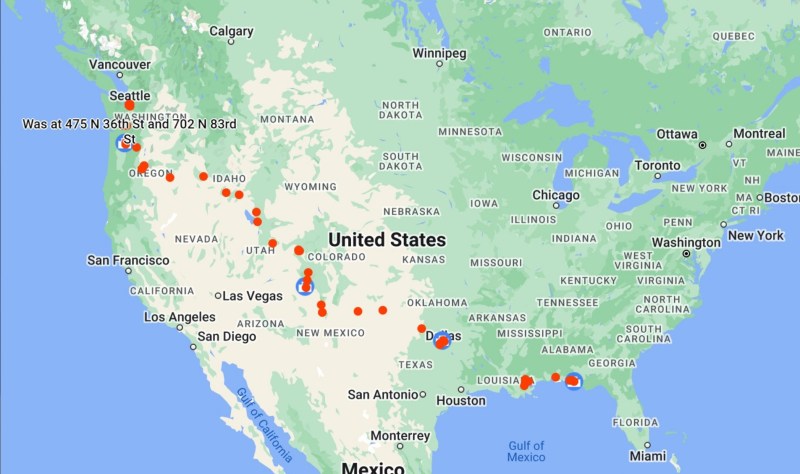
Yes, I know you want to have your cellphone off as you descend into the great wilderness, but there are a few ways to have your phone support you without needing to use it. Firstly, make sure to download Google Maps offline. You can navigate each turn without any internet or data, as the GPS will continue to work.
It’s a lifesaver for longer road trips through remote areas and makes it much easier to navigate your surroundings than a paper map alone can do. And if you use an iPhone, you can also download routes on Apple Maps for convenience.
Another helpful (and free) feature in Google Maps is location tracking. You can share your real-time location with a friend or family member, which lets them see both where you’re located on a map, as well as how much cell phone battery you have left. Unfortunately, you do need data for this feature to work. But if you go out of range, it will remember your last location, giving others a clue to your whereabouts without spending a penny or making any extra effort.
Boost your data with a mobile hotspot
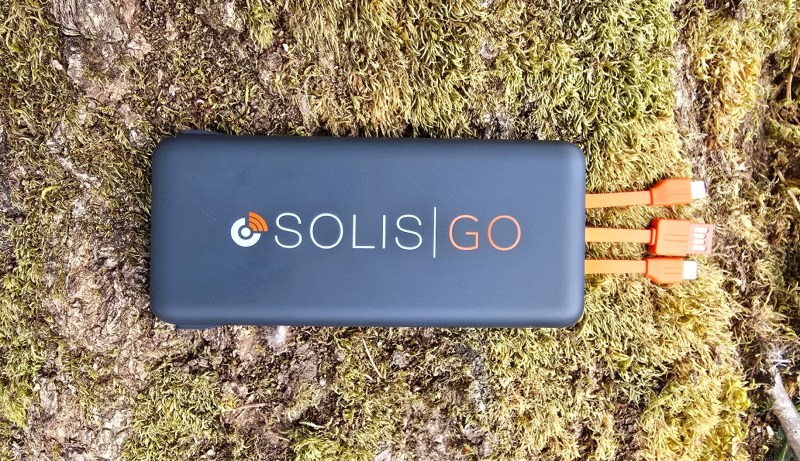
There’s nothing more frustrating than road tripping and losing signal, just to find that the rest of your carmates have signal. This is because some carriers have extensive tower coverage, while others do not. And unfortunately, my carrier doesn’t have much signal in remote areas. Instead of going through the hassle of switching to a new phone plan, I invested in a mobile hotspot that can scan and connect to any available network. This keeps me wi-fi agnostic while giving me the best connection possible.
There are plenty of options on the market, but I recommend the Solis Go 4G hotspot. This pocket-sized device is also an 8,000 mAh charger with built-in USB cords, so you can charge your phone while accessing data at the same time. You can connect the hotspot to up to 10 devices, and it works in over 140 countries. I was able to use it with my cellphone, laptop, and projector all at once in the Olympic National Park, with no hiccups or interruptions.
You can purchase a variety of subscriptions, from day passes to set amounts of data. But the notable difference in the Solis Go is its lifetime data plan that provides users with 1GB of service per month, perfect for checking emails, making quick phone calls, and sneaking away for a quick work task that can’t wait.
Keep walkie-talkies on hand for group treks
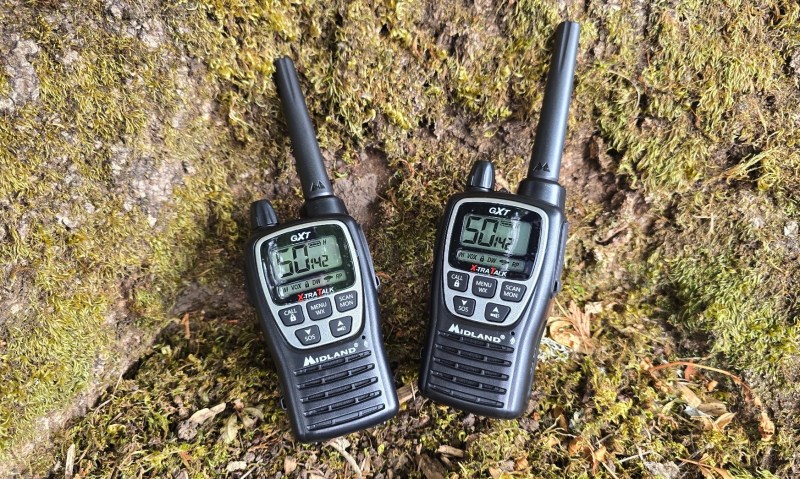
If you want to stay in touch with your backpacking mates without needing to use a cellphone, two-way radios are the best bet for instant communication. This is helpful for hikers who want to be able to radio in to their campsite, road trippers taking multiple cars, and even a handy backup for finding friends and family when you don’t have signal but need off-grid communication.
The key here is to invest in a set of radios that have a wide range, and the Midland GXT3000VP4 GMRS two-pack radio set fits the bill with up to 36 miles of coverage. Use the device on the trail or kayaking along the water, thanks to the water-resistant casing that can withstand rain and splashes.
You can also access NOAA weather alerts that keep you updated on storms and other volatile weather conditions without a lick of data needed. Do keep in mind that mountains and dense forests can limit the overall signal reach. The device stays powered for about 18 hours and takes about 4.5 hours to recharge. Test the range before going on longer treks to make sure the coverage can accommodate your outdoor adventure.
Turn your phone into an SOS control center
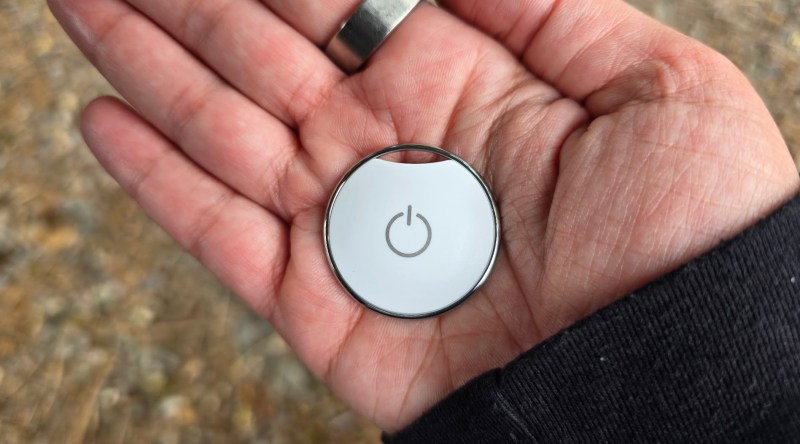
For a minimal yet powerful emergency option, consider a panic button like the Aster Device. This small, lightweight communication tool makes it easy to send an SOS alert via a Bluetooth connection to your phone. It’s ideal for those crucial moments where you don’t have the time to pull out your phone and need help fast, such as if you’re injured while hiking or need to fend off a moose or bear attack.
To use the Aster button, press it three times to instantly send an alert to the company’s 24/7 monitoring team. You’ll receive a call from a dispatcher, and if you don’t answer, they will alert local authorities to find you at your GPS location, and will also send your current location to your selected contacts to keep your loved ones in the loop. It’s similar to Google’s location tracking feature, but packed with real amenities that can make all the difference in a dangerous situation.
For less crucial situations, you can also schedule periodic safety check-ins where the device and app will automatically send updates to those at home while you’re away.
Keep in mind that at this time, the Aster button only works in the U.S., making it best for those road tripping across the country or spending time in the many regional, state, and national parks. You will need data to make the button work, so if you’re backpacking in an area with weak signal, I recommend pairing the button with the above-mentioned Solis Go 4G Hotspot.
Pack a satellite communicator
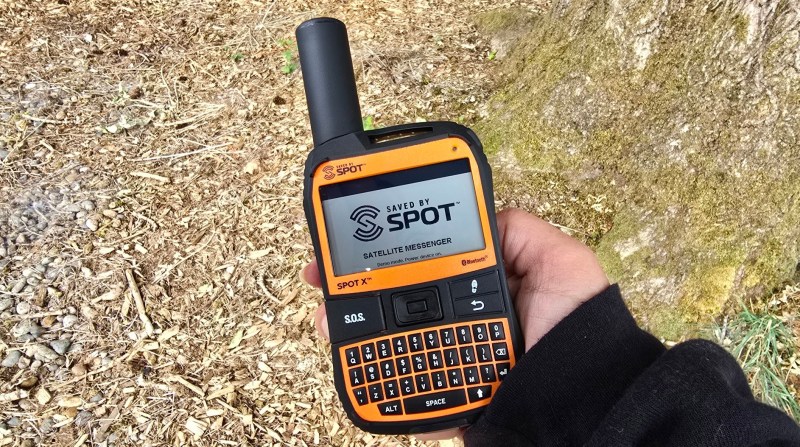
True wilderness aficionados often wander so far off-grid that there isn’t a cell tower in reach, and multi-day backpackers and trekkers will best benefit from a satellite communicator. These devices don’t rely on ground networks, but rather connect to orbiting satellites. This means you can expect near-global coverage, perfect for frequent or international travelers.
I think Globalstar’s SPOT X 2-way satellite messenger is a feature-packed choice, with the option to send messages via text or email. The device comes with its own keyboard, but you can also use a Bluetooth connection to type on your phone if that’s easier. Your messenger will have a dedicated U.S. phone number that you can share with others before your trip, so not only can you relay important information, but also stay up-to-date on major events at home.
Another bonus is the SPOT X’s SOS feature that lets you contact the GEOS International Emergency Response Coordination Center (IERCC), an organization dedicated to handling emergencies. These real, human agents can help arrange medical, law enforcement, and search-and-rescue support. This functionality truly makes the device a two-in-one system so that you can field both casual and emergency communications.




